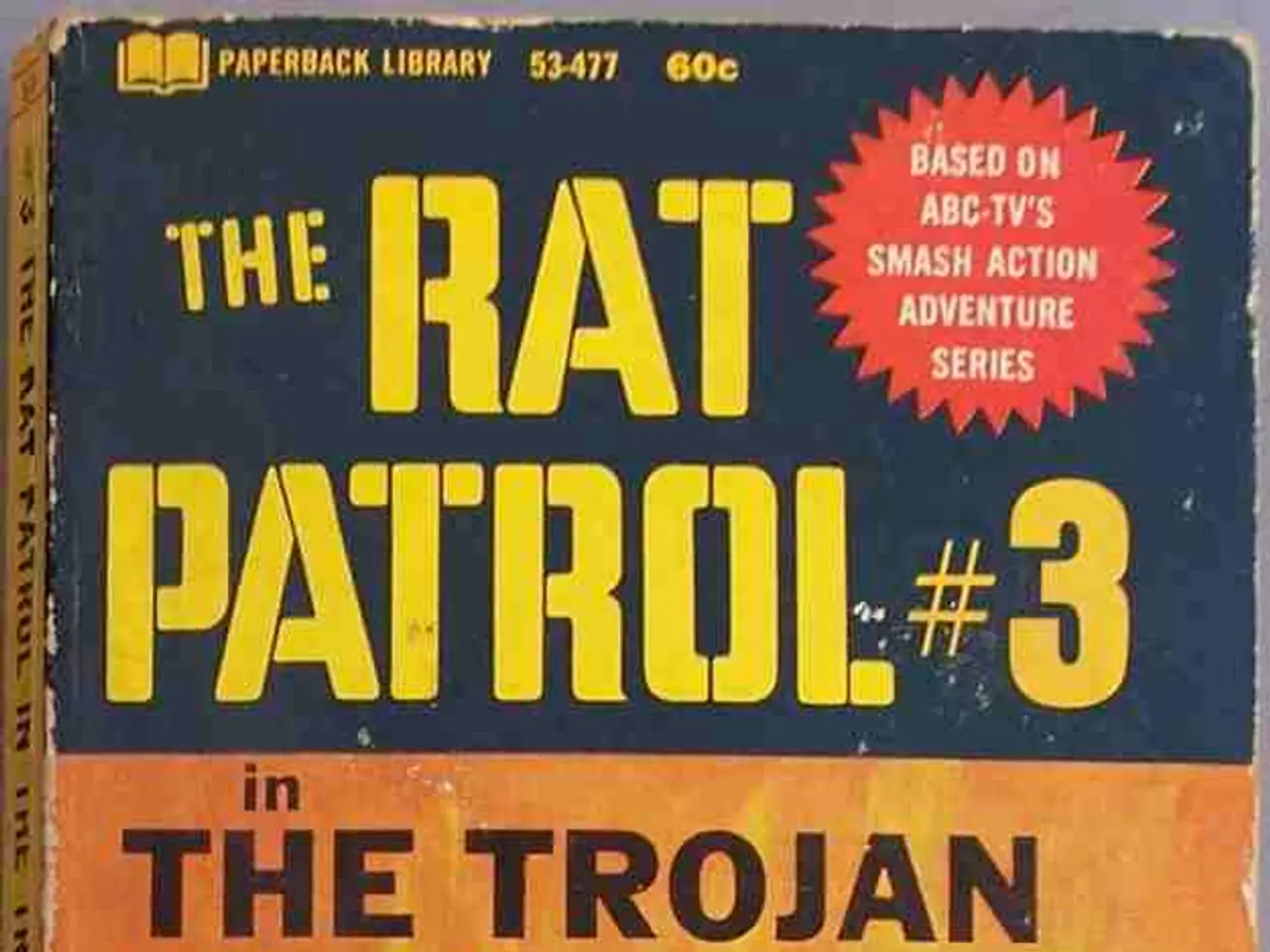Europe's Land Conflicts: Navigating the Political Landscape of Joint Combat Operations (Part 1)
In a recent episode of the Social Science of War podcast, host Kyle Atwell brings together Dr. Benedetta Berti and Lieutenant Colonel Jordan Becker for a thought-provoking discussion on the strategic and political dynamics of the NATO alliance.
Dr. Berti, a former head of policy planning in the office of the secretary general at NATO, and Lieutenant Colonel Becker, an assistant professor in the Department of Social Sciences at West Point and a former US joint staff liaison officer to the French joint staff, share their insights on the current state of the alliance.
The conversation begins by situating NATO at a crossroads, shaped by internal political compromises, shifting U.S. engagement, and strategic recalibrations to handle traditional security threats in Europe alongside emerging global geopolitical complexities.
One of the key points discussed is the transformation and tensions in NATO. Recent developments underscore a pivotal moment of compromise rather than rupture within NATO. The 2025 NATO Summit marked a dramatic shift with allies agreeing to increase defense spending targets—aiming for 5% of GDP by 2035, up from the previous 2% benchmark—highlighting commitment but also revealing unresolved tensions about burden sharing, nuclear strategy, and industrial sovereignty among members.
The alliance faces complex debates about fair burden sharing. While numerical targets (like GDP percentages) are politically salient, they don't fully capture fairness or adequacy of capabilities. The U.S. is currently bearing a larger share of defense capabilities (44%) but expects this to decrease by 2032 as European allies increase their contributions, signaling a shift towards a more European-led NATO.
Under the renewed Trump administration since 2025, uncertainties have arisen about U.S. commitment. The administration has expressed interest in reducing American troop presence in Europe to focus on the Indo-Pacific, pushing NATO to concentrate on Russia rather than expanding its scope towards China. However, NATO's foundations remain resilient, with allies mostly continuing to rely on U.S. security guarantees despite some anxieties.
The podcast also delves into the importance of building defense capacity within allies, a challenge due to atrophied industrial bases and bureaucratic barriers. NATO's emphasis now includes increasing military-industrial cooperation to overcome these challenges, reducing reliance on U.S. defense production and fostering joint capabilities among allies.
The podcast is a two-part series. The first part focuses on the strategic and political dynamics of the NATO alliance, while the second part will examine tactical and operational lessons from the war in Ukraine, and what they can teach us about large-scale combat operations.
Listeners can tune in to the Social Science of War podcast on various platforms, including Facebook, Twitter, LinkedIn, email, or print. The podcast is produced by the Department of Social Sciences at West Point.
[1] NATO Summit Declaration, 2025 [2] Trump Administration's NATO Policy, 2025 [3] NATO Allies' Reactions to Trump Administration's Policy [4] NATO Defense Spending Targets, 2025 [5] NATO's Emphasis on Military-Industrial Cooperation, 2025
- The strategic and political dynamics of the NATO alliance, including discussions about fair burden sharing, defense spending targets, and industrial sovereignty, were explored in the first part of the Social Science of War podcast, which also delved into the renewed Trump administration's influence on NATO and allies' reactions to its policy.
- The second part of the Social Science of War podcast will focus on tactical and operational lessons from the war in Ukraine, with an emphasis on building defense capacity within allies by increasing military-industrial cooperation and reducing reliance on US defense production, as NATO faces challenges due to atrophied industrial bases and bureaucratic barriers.





